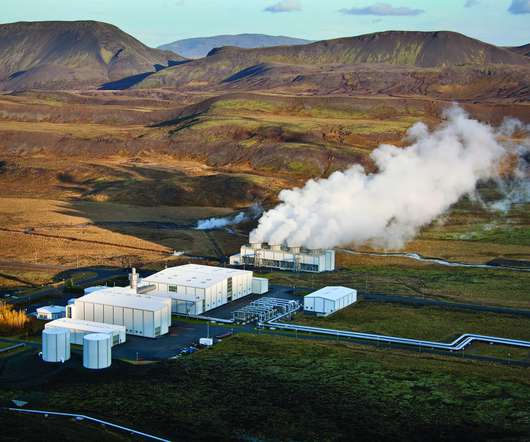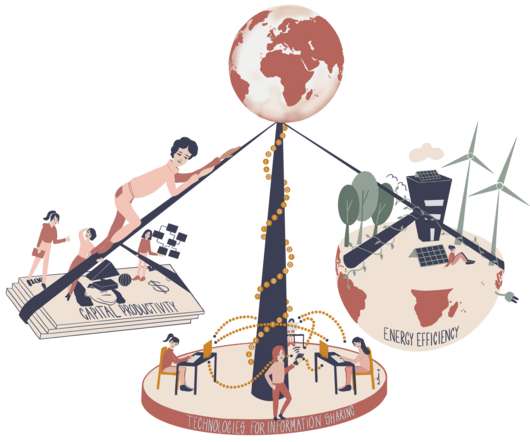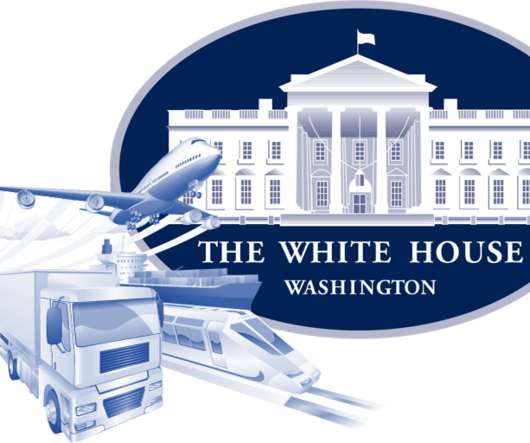Carbon Mitigation Actions; For The Planet, And for the Pocket
The Logistics & Supply Chain Management Society
AUGUST 15, 2021
More importantly, this same voluntary market is projected to increase to $50 billion by 2030. For instance, there is a geothermal energy generation project in the Salavatli region of southwest Turkey that generates energy for the electricity grid and thereby replaces energy generated by fossil fuels. billion a year.

















Let's personalize your content